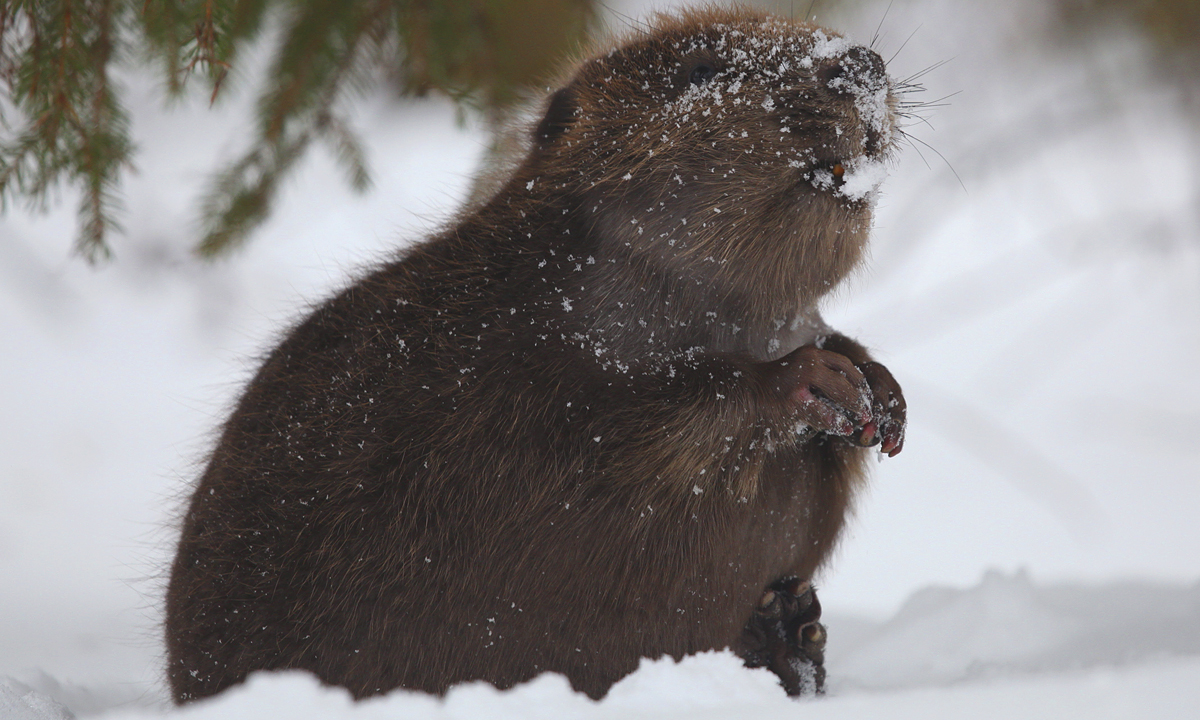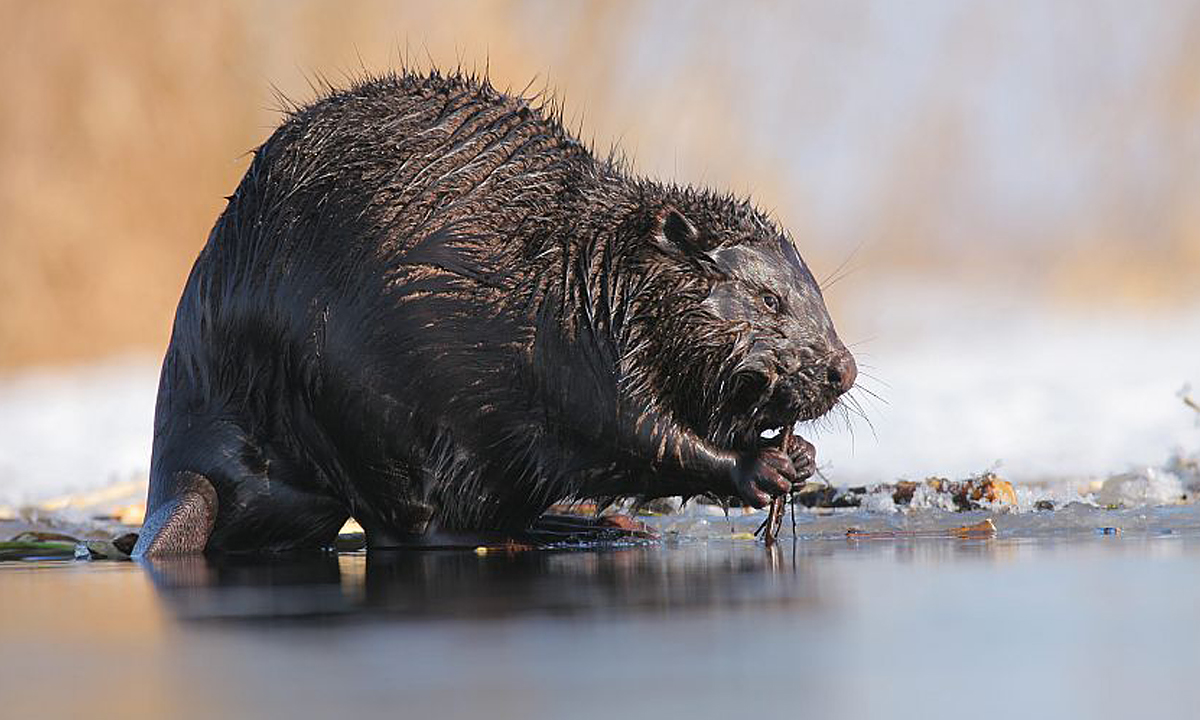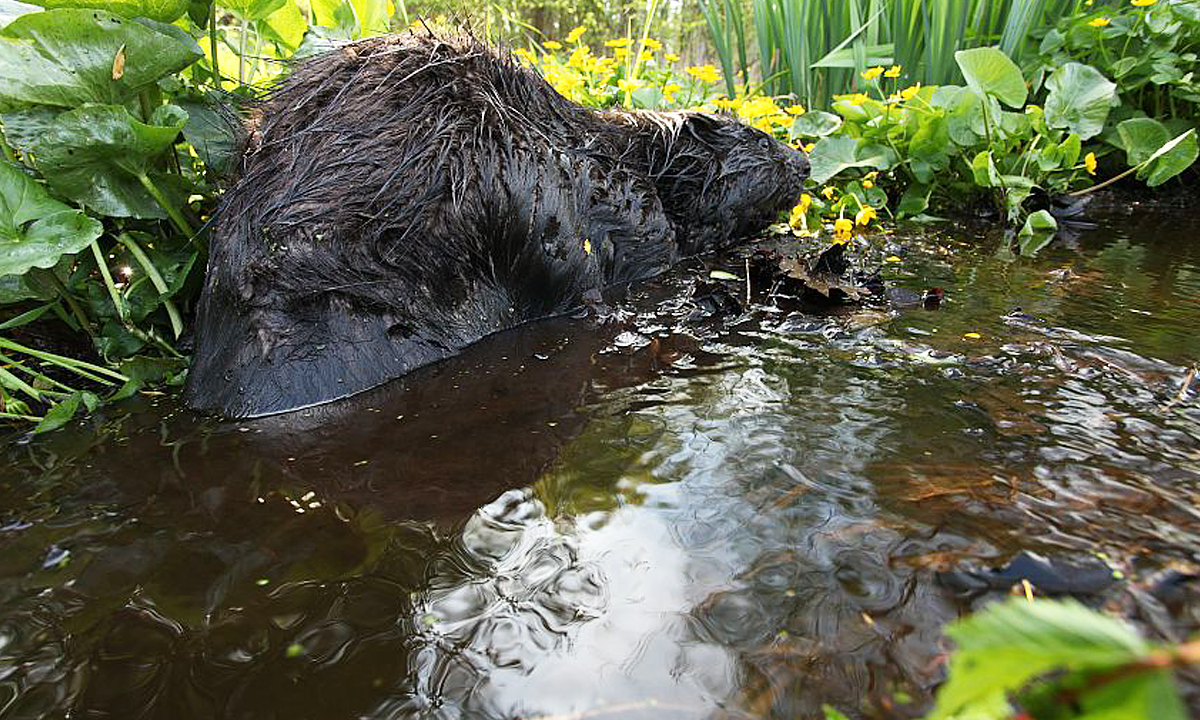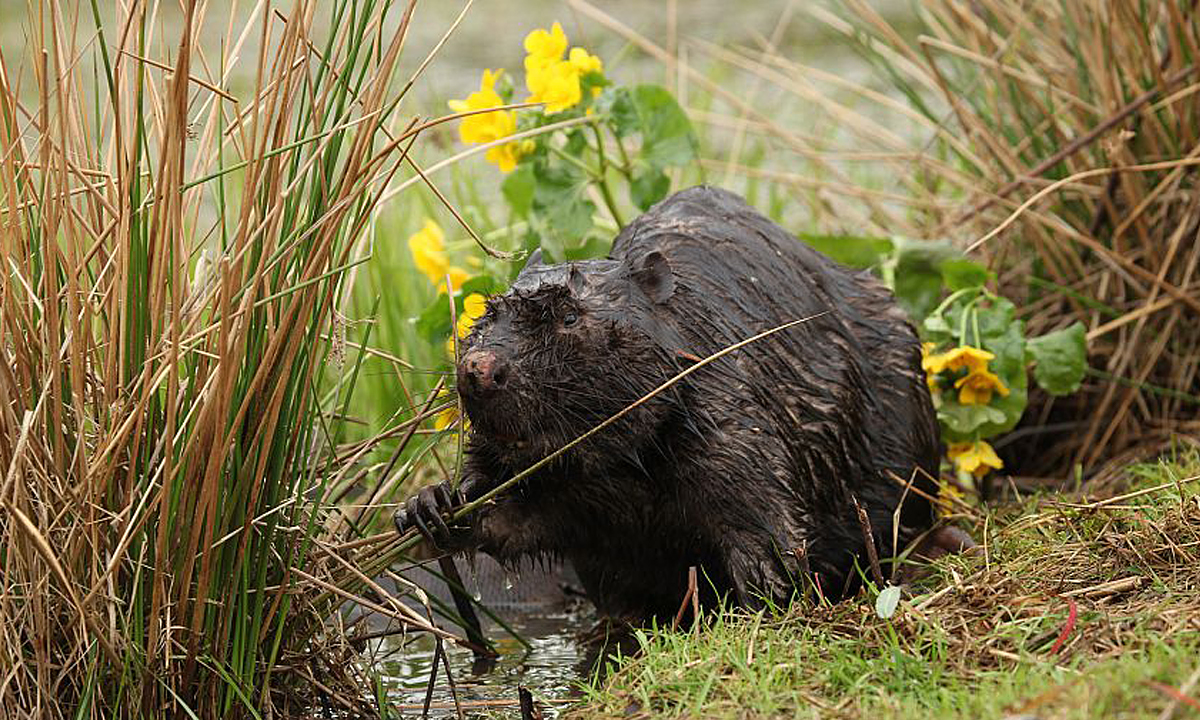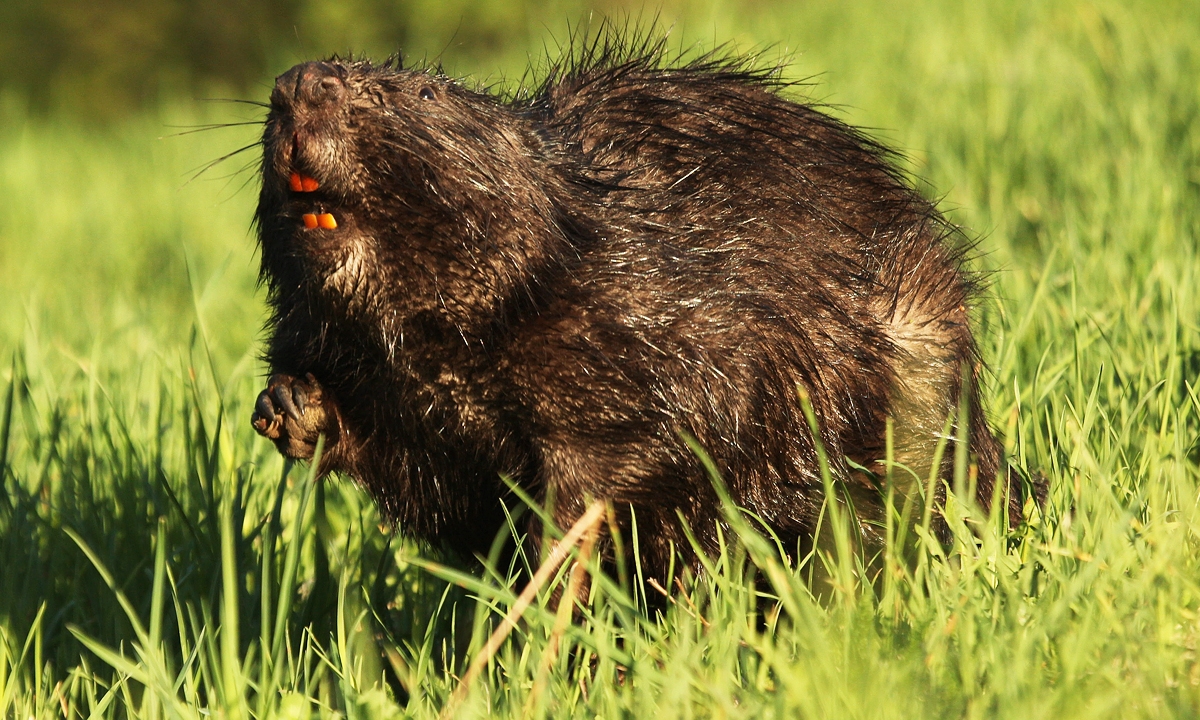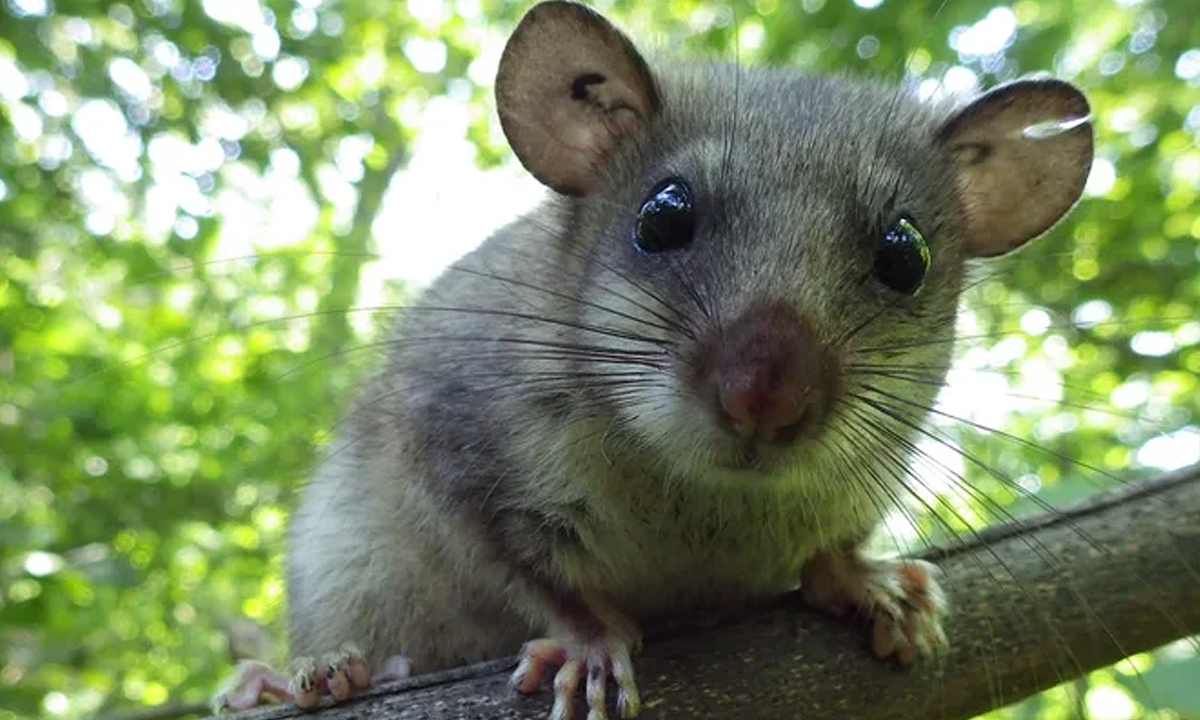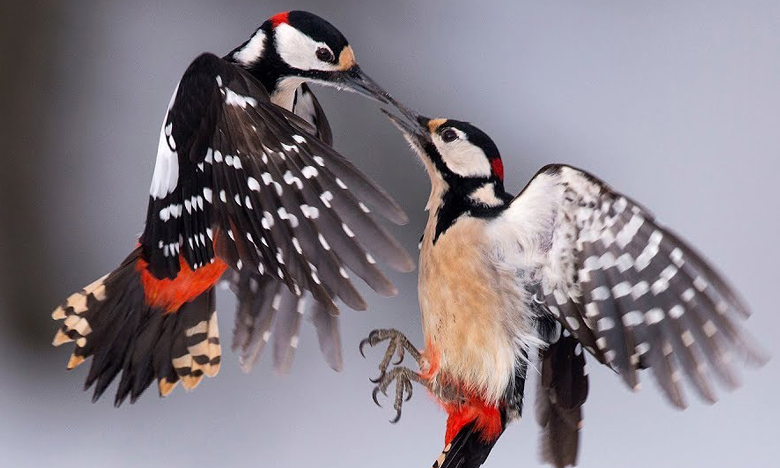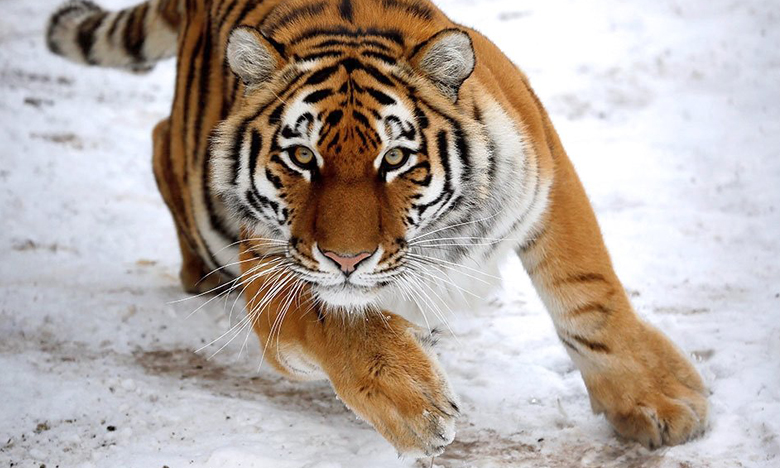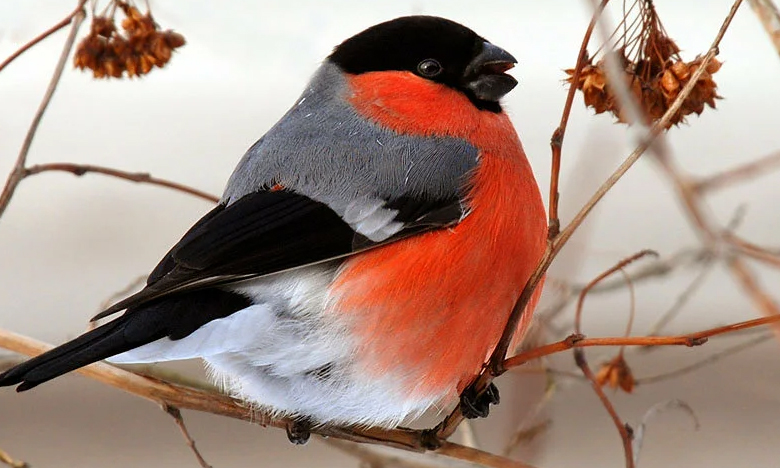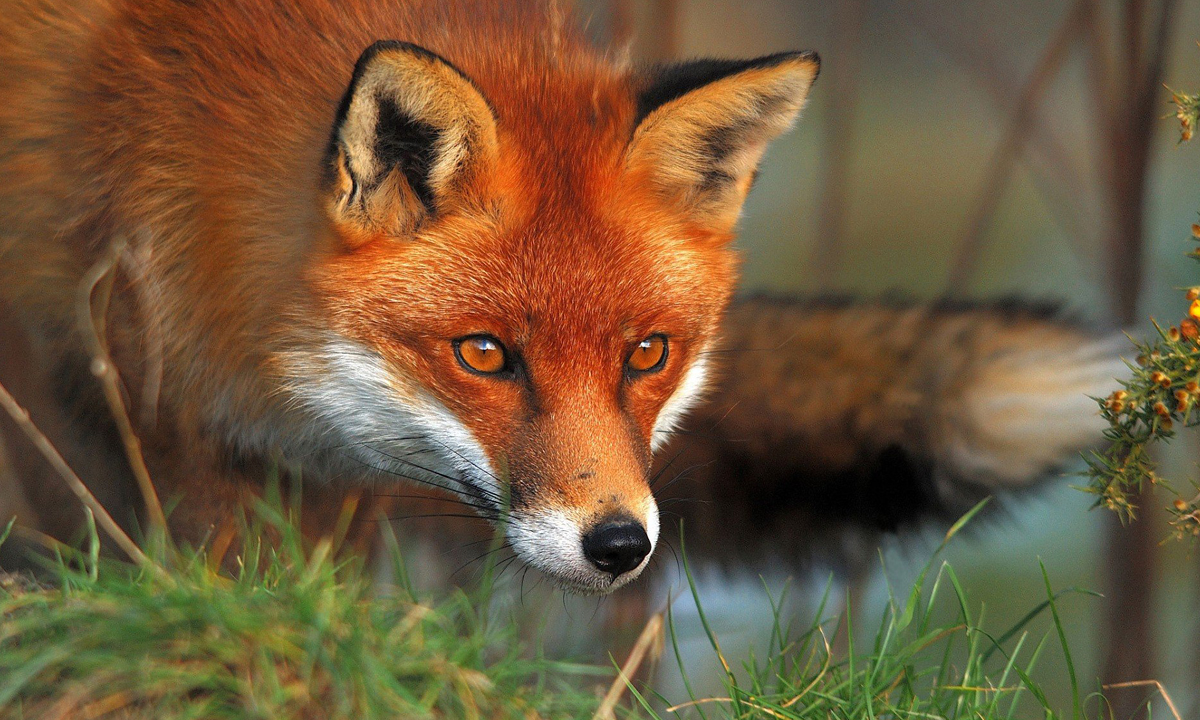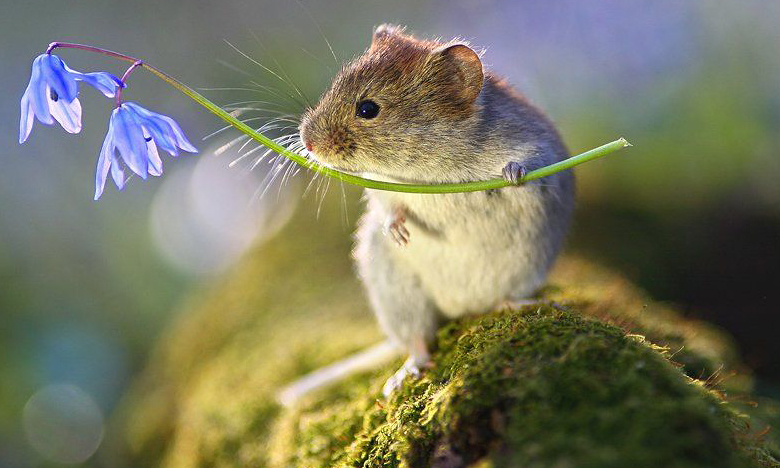The tail of the European beaver is covered with leathery scales and is used to build dams and control the body while swimming. It is flat and rounded with hairs growing between the cuticles. In addition, the tail performs a thermoregulatory function and accumulates fat. An interesting fact is that beavers have the largest brains among rodents, which contributes to the presence of non-logical thinking.
The shape of the body allows you to effectively swim and dive, and the paws ending in fingers with webs that allow you to actively grab various objects. The fur of the European beaver is soft, thick and shiny. It can be of different colors-from black to various shades of brown. Common beavers are very intelligent animals, which, unfortunately, sometimes cause great damage to farmers. They lead an amphibious lifestyle and are able to modify the environment according to their needs. These animals have an engineering flair - they build dams and dams exactly where necessary in order to maintain a high level of groundwater and create small reservoirs.
The river beaver inhabits northern and central Europe to the Asian part of Russia, as well as western Mongolia and parts of China. Previously, it could be found in temperate zones of Asia and Europe, but the number of this species has significantly decreased. Over the past 70 years, the beaver population has increased significantly due to conservation efforts. Currently, the largest number of these rodents is found in Russia, Poland, Germany, France, Austria, Belgium, Belarus, Ukraine, Sweden, Switzerland, Slovenia and Slovakia, and China.
River beavers feed mainly on plants. Their favorite food includes shoots of both aquatic and coastal plants, in particular reeds, water lilies, as well as branches of some trees - most often they eat birch, poplar, aspen and willow, ash, maples, beeches and oaks. The beaver's powerful jaws allow it to gnaw branches and eat even very hard tree bark.
An interesting fact about European beavers is that they excrete two types of excrement and eat one of them. The feces produced by the two-step method of digesting food contain large amounts of protein, water, and bacteria, which the cellulose that makes up most of their food does not contain.
River beavers, which lead an amphibious lifestyle, can stay under water for up to 15 minutes. Beavers are virtuosic swimmers thanks to transparent eyelids, adapted ear and nasal channels, and a forked lip.
The territory of one family of beavers covers 1-4 km of the watercourse, and in search of food they move away from the shore at a distance not exceeding several tens of meters. Beavers can communicate using tactile signals and the corresponding postures and also help each other to clean the fur. The perfect cleanliness of the coat is an important issue for beavers, since their health depends on it. River beavers are extremely family animals and, like badgers, create large burrows and entire underground mazes, in which several families sometimes live at once.

